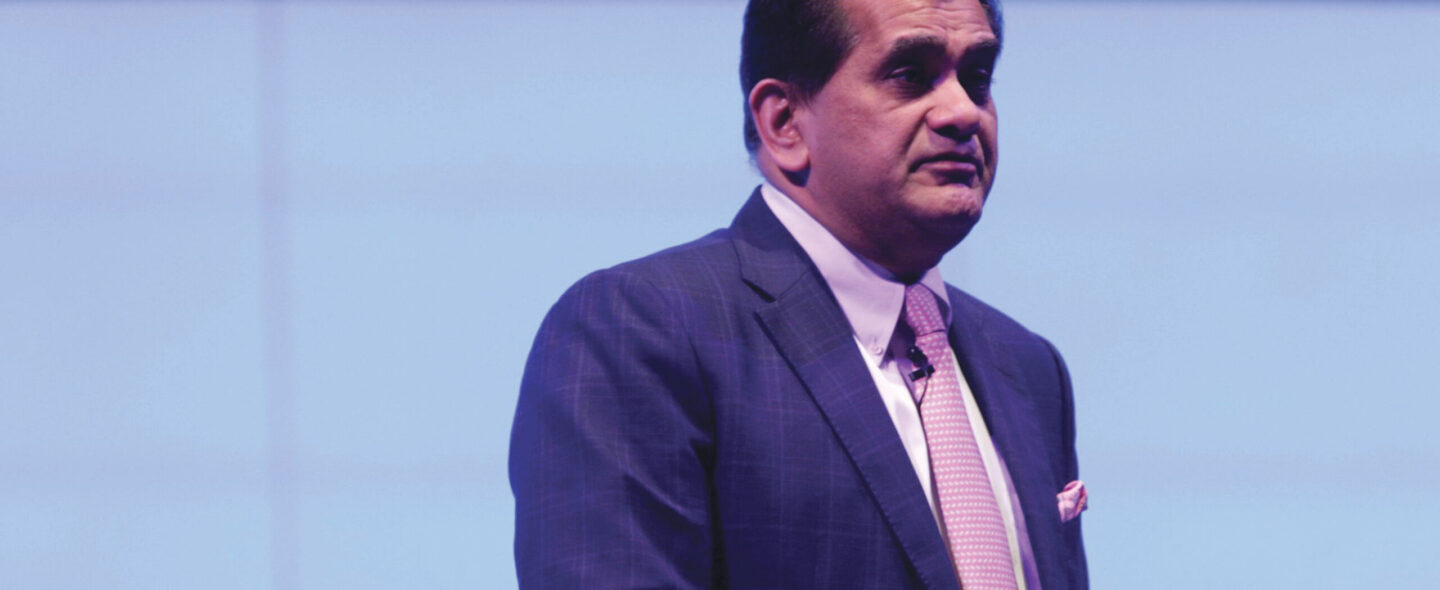
Chandni Doulatramani
(This interview has been lightly edited)
What are the biggest challenges in the mobility sector in a country like India with 1.4 billion people? And what are some of the ways in which they can be addressed?
Air pollution and traffic are the challenges that need a serious look, considering out of the world’s top 50 cities with the worst air pollution, 42 are in India. Also, as per the Traffic Index 2023, four cities in India, i.e., Bengaluru (6th), Pune (7th), Delhi (44th), and Mumbai (52nd), are among the 100 top cities in traffic congestion level. Low-emission zones (LEZs), also called environmental zones, are key to urban vehicle fleet management, improving air quality as momentum around LEZs is growing. Europe has over 350 low-emission zones, and many other cities, including Bogotá, Haifa, Seoul, Mexico City, and Cape Town, have committed to implementing low (and zero) emission zones as part of the C40 Green and Healthy Streets initiative. There is a need for a clear mandate from the state governments for implementation of LEZs backed by administrative or legal order outlining the roles of the concerned departments including the entry regulations for different types of vehicles; entry charges as per the emission of vehicle segments; electrification of vehicle fleet, enhance public transport; targeted scrappage policy and incentives for fleet renewal; adequate charging infrastructure; street redevelopment plans for improving accessibility; implementation of parking management area plans. Leverage LEZs to accelerate the electrification of vehicle fleets for public transport like E-buses (Government of India has so far introduced 12,000 E-buses across India and plans to add a fleet of 10,000 E-buses under the Ministry of Housing and Urban Affairs Scheme further). There is a clear need to mandate the replacement of diesel buses by E-buses across all cities in India, especially in LEZ areas, as transport electrification is the way forward.
Where does mobility infrastructure fit into the larger Smart Cities Mission and how is the Mission contributing to improving mobility in Indian cities?
India is a leader in sustainable mobility, whether it be EVs, urban design facilitating connected mass transit with active mobility, or measures to address diesel emissions and improve air quality. During our G20 Presidency, we highlighted these priorities and the issue of improved financing. Also, the role of cities and metros in meeting climate targets, directing fiscal investments, generating jobs, maximising infrastructure investments, mitigating social imbalances and managing migration will continue to gain importance by 2030 and beyond. In the short and long term, sustainable and smart urbanisation will be key to supporting the global economy, remembering that the 2008 subprime crisis did not only originate in the United States but in U.S. cities. As the world counts more than 30 megacities and more than 4,000 cities of 100,000 inhabitants, systemic risks are greater than ever. Plenty of capital is available on global financial markets at low interest rates. However, investment gaps are widening without global norms, standards and governance addressing urban issues. The world is facing a USD 15 trillion infrastructure gap by 2040, with India, Indonesia, Mexico, Brazil and South Africa confronted with the largest gaps between spending and estimated infrastructure needs. Hence, there is a clear need for an action plan making the case for smart and sustainable urbanisation as a matter of interest for the G20. The Smart Cities Mission plays a crucial role in planning and making cities of tomorrow inclusive, resilient and sustainable. Promoting sustainable cities with energy and resource efficiency policies for a low carbon future with Net Zero goals directly linked to city emissions. Promoting circular economy approaches to minimise waste generation, enhancing resource efficiency and promoting reuse and recycling within cities is crucial. It is important to create a conducive environment for attracting private investments in urban development by striving to enhance city creditworthiness to leverage debt financing. Cities with higher creditworthiness scores can tap wider funding options and derive considerable leverage in the capital markets, along with being able to secure concessional and non-concessional assistance from Development Financing Institutions (DDFIs), Multilateral Development Banks (MDBs) and local banks.
Promotion of sustainable mobility such as cycling, walking and using public transport requires significant public infrastructure that can support sustainable transport solutions. What is your vision for India’s sustainable mobility and how do we get there?
Cities with dense traffic, like Delhi, Mumbai and Bangalore shall levy the City Congestion Charge (CCC) like in London for diesel-powered vehicles like lorries, buses, coaches and other specialist heavy-duty vehicles (HDVs) for driving into the inner-city centre areas. Charging infrastructure roll-out and pushing fast charging to promote transport electrification and efficient charging infrastructure installation to ensure access to reliable, accessible and affordable chargers. Community engagement, planning and consultation should be done with residents, experts, local organisations and businesses of LEZs to better understand their specific needs without creating unnecessary burdens. Enhancing the infrastructure for walking and cycling (connected bike paths and bicycle parking spaces) will enable residents to move around cities at lower costs, have safe movement, and create car-free spaces. A clear approach and focus are needed towards the heavy-duty vehicles (HDVs) driving into the inner-city areas, as 20% of all non-passenger vehicles are responsible for 80% of total transport-related Particulate Matter (PM) emissions. A LEZ focusing on heavy diesel vehicles helps to reduce transport related PM pollution effectively. These initiatives will ensure that they mitigate emissions and carbon intensity of transport; accelerate carbon-neutral mobility, including clean vehicles and battery-operated electric vehicles (BEV); combat traffic congestion; promote accessibility and safe movement and improve liveability.
Chandni Doulatramani
